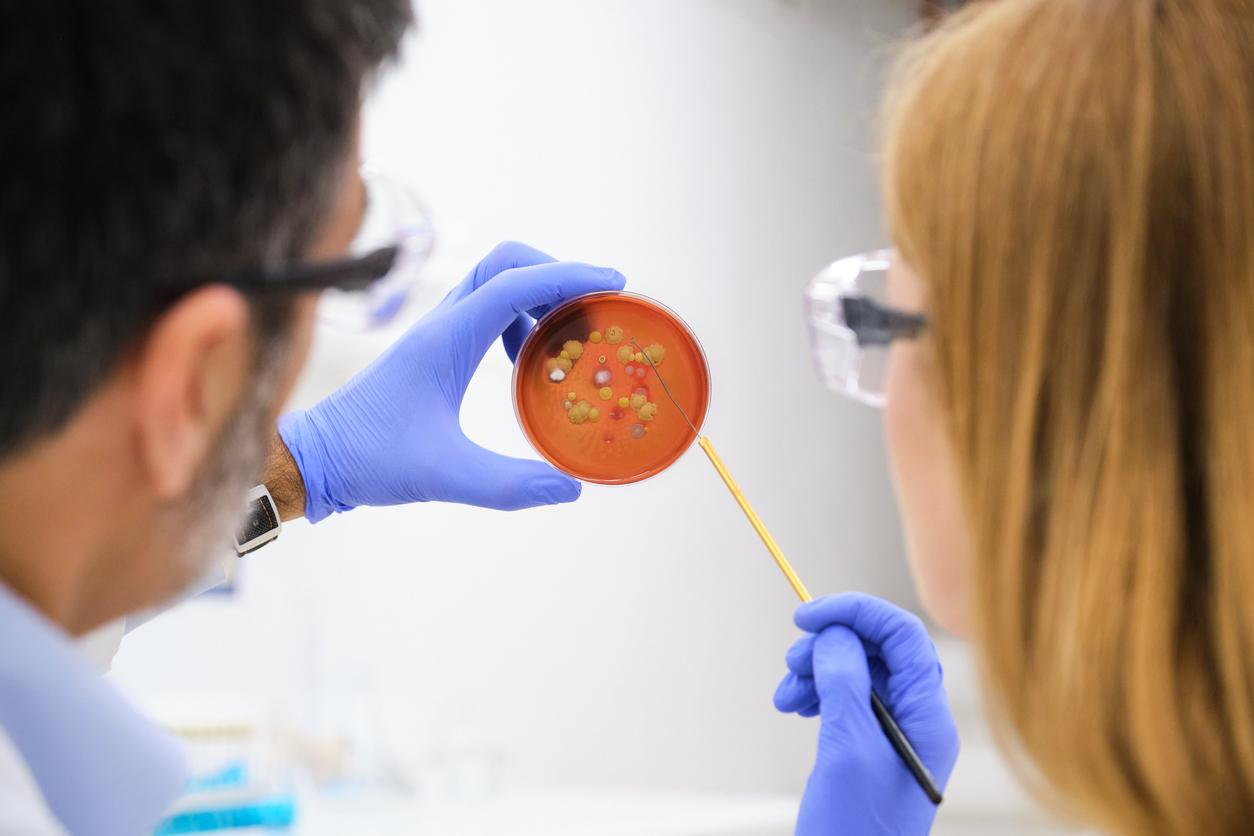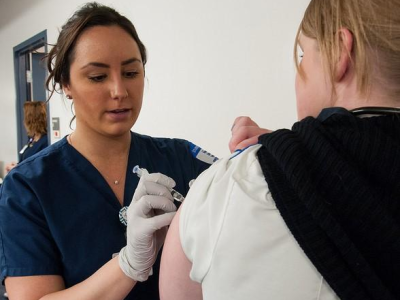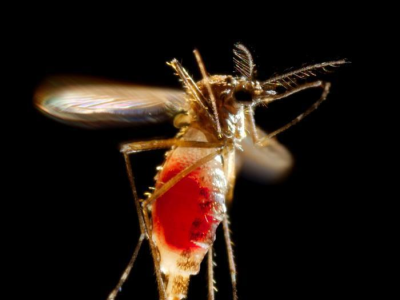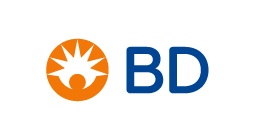A new report from the World Health Organization (WHO) provides an updated analysis of the harm caused to both patients and healthcare workers worldwide by the avoidable infections that result from gaps in infection prevention and control (IPC).
Among the findings of the report, which was published late last week, is that healthcare-associated infections (HAIs) are an issue in hospitals around the world, and not only during epidemics and pandemics. In European countries, an estimated 4.8 million HAIs occur every year in patients admitted to acute-care hospitals. Globally, nearly 1 in 4 (23.6%) cases of sepsis are healthcare related.
But most studies show the problem is particularly acute in low- and middle-income countries (LMICs). For example, WHO analysis of published data show an average of 7 out of every 100 patients in acute-care hospitals in high-income countries (HICs) will acquire at least one HAI during their hospital stay. In LMICs, the figure is twice that (15%). Similarly, the incidence of HAIs in intensive care units is 30% overall but 2 to 20 times higher in LMICs than HICs.
Compounding the problem is the fact that HAIs are frequently caused by antimicrobial-resistant pathogens, making them harder to treat and more likely to lead to complications, longer hospital stays, and premature death. The global number of HAIs resistant to antibiotics is estimated to be 136 million annually, with 119 million occurring in middle-income countries, according to the report. Mortality among patients infected with resistant HAIs is two to three times higher compared with those infected by susceptible pathogens.
"The emerging picture is that HAIs continue to be among the most frequent adverse events in health service delivery, with the highest burden in low- and middle-income countries," WHO Director-General Tedros Adhanom Ghebreyesus, PhD, said in a foreword to the report. "Strong IPC is essential for strong health systems and quality care, in emergencies and as part of every country’s journey towards universal health coverage."
Slow progress on implementing IPC
The key to reducing the burden and mitigating the harm of HAIs is implementing effective IPC interventions that are based on a practical, evidence-based approach, the WHO says. These interventions require trained and dedicated staff, infrastructure, and financial resources.
"IPC is a proven and cost-effective approach to prevent the transmission of infectious hazards, but applying it requires programmatic, institutional, financial and knowledge support," the report states. "Effective IPC requires constant and sustained action at all levels of the health system, ranging from policy-makers to facility managers, health workers and other relevant stakeholders, as well as all those who access health services, and their family members."
But as the report shows, progress on implementing IPC at all levels of the health system has been slow in all countries, regardless of income level. According to the WHO’s 2023-24 Tracking AMR Country Self-assessment Survey, only 39% of countries had IPC programs fully implemented nationwide. Nine percent of countries had not developed any IPC program or plan.
The emerging picture is that HAIs continue to be among the most frequent adverse events in health service delivery, with the highest burden in low- and middle-income countries.
Implementation has been more difficult in LMICs, particularly at the healthcare-facility level. Global surveys carried out by the WHO in 2019 and 2023-24 show that the level of implementation of IPC core components—which include guidelines, education and training, surveillance, and monitoring, audit, and feedback—range from "inadequate" to "advanced," with LMICs scoring significantly lower than HICs. On average, low-resource countries scored at a "basic" level of implementation for most IPC core components, with limited implementation of IPC guidelines, HAI surveillance, training, and monitoring.
Furthermore, IPC programs in LMICs are often unable to function properly and sustainably because they lack an enabling environment, the surveys found.
"In 2019, IPC programmes existed in almost all secondary and tertiary health care facilities," the report states. "However, particularly in LMICs, the facilities lacked full-time IPC professionals, an allocated IPC budget, routine microbiological laboratory support, and appropriate workload, staffing and bed occupancy."
Many healthcare facilities in LMICs also lack access to clean water. A 2024 report by the WHO and UNICEF Joint Monitoring Programme for Water Supply, Sanitation and Hygiene (WASH) estimated that in 2022, 1.7 billion people worldwide were using a healthcare facility that lacked basic water services and 697 million were using facilities with unimproved toilets or no toilets.
The report also notes that improvements achieved during the COVID-19 pandemic may have been recently lost, with some countries reallocating resources and funds from IPC and WASH to other areas.
The way forward
On a more positive note, the report points to recent commitments WHO member states have made to prioritizing IPC at the global and national level. These include the adoption of a resolution focusing on IPC as a critical priority across the healthcare continuum at the 75th World Health Assembly, followed by the approval of a WHO-developed global action plan and monitoring framework for IPC in 2023. That plan was subsequently adopted by all countries at the 77th World Health Assembly.
The WHO action plan consists of eight core targets at the global level and four core targets at the national level. Targets at the global level include increasing the proportion of countries with an approved national action plan and monitoring framework on IPC, a dedicated budget allocated to the national IPC action plan, legislation and regulations to address IPC, and basic WASH services in all healthcare facilities.
At the national level, targets include increasing the number of healthcare facilities that meet the WHO's minimum IPC requirements, have dedicated funding for WASH services, provide IPC training to all frontline clinical and cleaning staff, and have an HAI and related AMR surveillance system.
"Significant investments are required by all countries to achieve these targets and resource mobilization is also needed for stakeholders supporting them," the WHO said. "However, compelling data demonstrate that a high return can derive from investments in IPC, both in terms of lives saved and economic gains."
The WHO says it will support all countries in efforts to boost IPC, and that additional action and investment by international donors and nongovernmental organizations will make a huge difference, particularly in countries with limited resources and expertise.






















